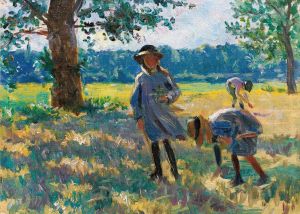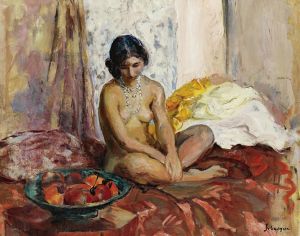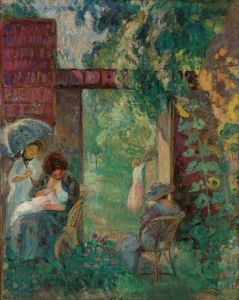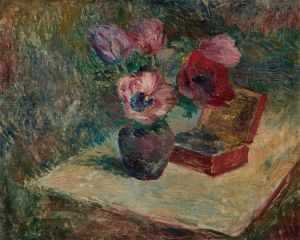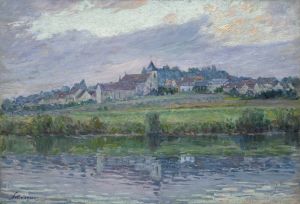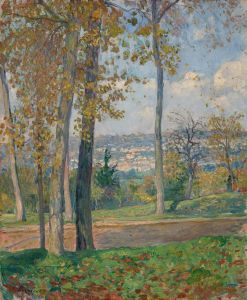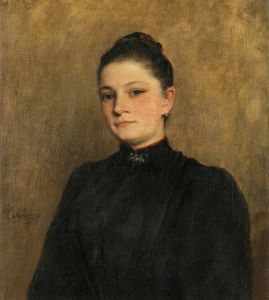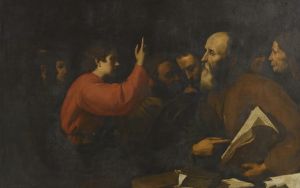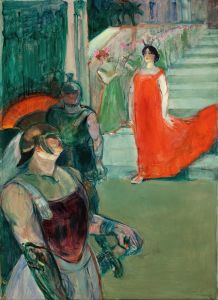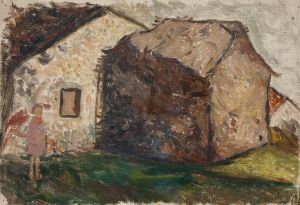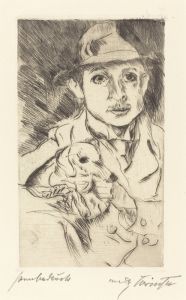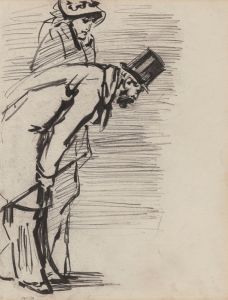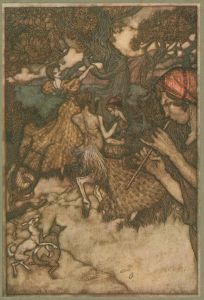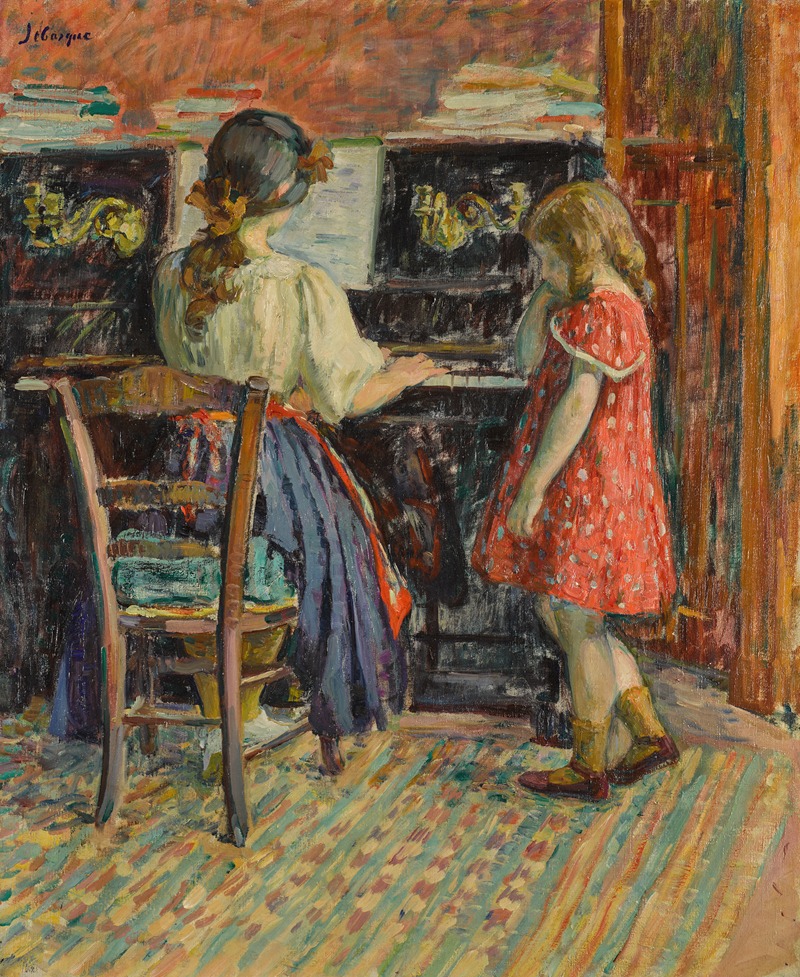
La leçon de piano
A hand-painted replica of Henri Lebasque’s masterpiece La leçon de piano, meticulously crafted by professional artists to capture the true essence of the original. Each piece is created with museum-quality canvas and rare mineral pigments, carefully painted by experienced artists with delicate brushstrokes and rich, layered colors to perfectly recreate the texture of the original artwork. Unlike machine-printed reproductions, this hand-painted version brings the painting to life, infused with the artist’s emotions and skill in every stroke. Whether for personal collection or home decoration, it instantly elevates the artistic atmosphere of any space.
Henri Lebasque (1865–1937) was a French post-impressionist painter known for his use of light and color, often depicting intimate domestic scenes and landscapes. One of his notable works is "La leçon de piano" (The Piano Lesson), which exemplifies his style and thematic focus. While specific details about this particular painting are limited, it is representative of Lebasque's broader artistic approach and the cultural context of his time.
Henri Lebasque was born in Champigné, France, and began his formal art education at the École des Beaux-Arts in Paris. He was influenced by the Impressionists and later by the Fauves, which is evident in his vibrant use of color and light. Lebasque's work often captures the serene and joyful aspects of everyday life, focusing on family settings, leisure activities, and the beauty of the French countryside.
"La leçon de piano" fits within this context, likely portraying a domestic scene involving music, a common subject in art that symbolizes culture, education, and refinement. The painting would typically feature a young girl or child at a piano, possibly accompanied by a teacher or parent, reflecting the importance of music education in bourgeois society during the late 19th and early 20th centuries. This theme resonates with the broader cultural appreciation for music and the arts during Lebasque's lifetime.
Lebasque's technique in such works often involves a soft, harmonious palette, with gentle brushstrokes that convey a sense of intimacy and warmth. His compositions are carefully balanced, often using light to highlight the central figures and create a welcoming atmosphere. This approach aligns with his reputation as a painter of "joy and light," capturing the essence of peaceful domestic life.
Throughout his career, Lebasque exhibited his works in various salons and galleries, gaining recognition for his unique style that bridged Impressionism and Fauvism. He was associated with other prominent artists of his time, including Pierre Bonnard and Édouard Vuillard, and was a founding member of the Salon d'Automne, which played a crucial role in promoting modern art movements in France.
While specific details about "La leçon de piano" are scarce, it remains an example of Lebasque's ability to capture the subtleties of human interaction and the tranquil beauty of everyday moments. His works continue to be celebrated for their contribution to the post-impressionist movement and their enduring appeal in capturing the essence of French domestic life.
In summary, Henri Lebasque's "La leçon de piano" is a testament to his skill in portraying intimate, light-filled scenes that reflect the cultural values of his time. Although detailed information about this particular painting is limited, it is emblematic of Lebasque's broader oeuvre and his influence on the art world of the early 20th century.






